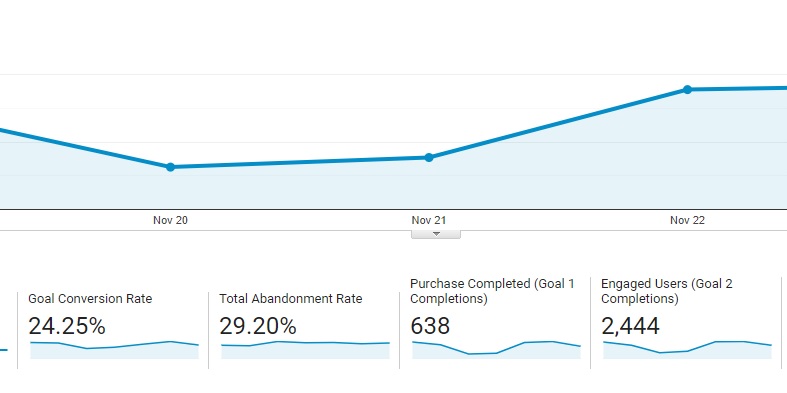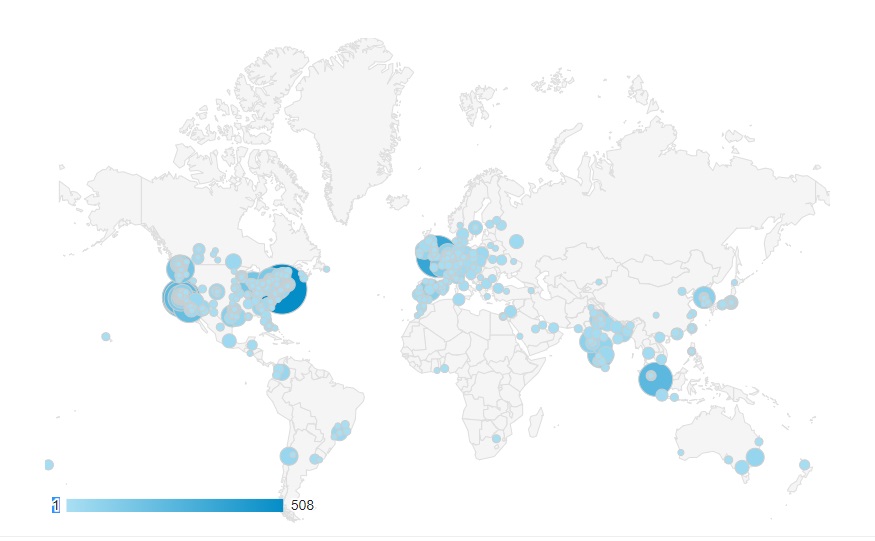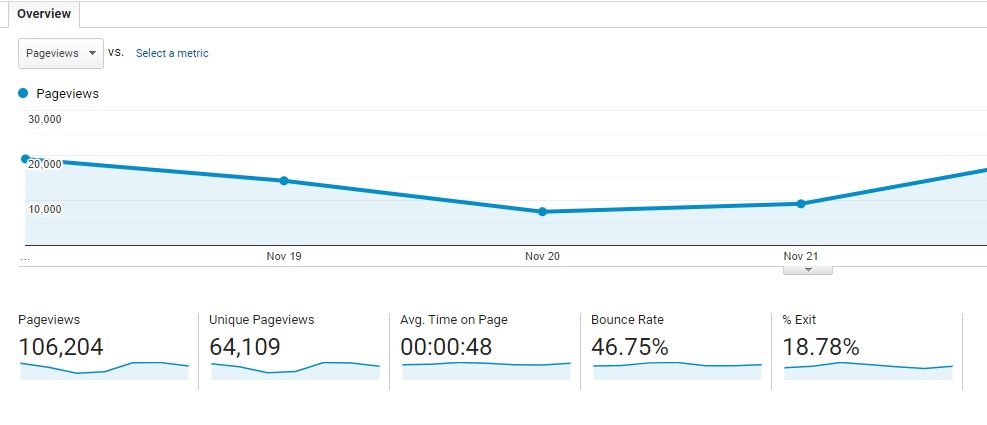
-
Joshua Lee
- 4 Min Read
- Blog, Digital Marketing
What is Quality Traffic and How to Measure it
In this bitesize blog post, we will discuss quality traffic and the best method in which we can measure it successfully to drive business growth.
We all know the importance of website traffic. Still, most people forget how equally important it is to measure the quality of that traffic in SEO. By that, we mean rounding up your traffic and measuring it up against business KPIs to more accurately see how your efforts in search engine optimisation are actively benefitting your company.
To get a deeper, more detailed understanding of everything analytics, check out our blog post ‘Understanding Website Analytics‘
If you love the nitty-gritty data parts of digital marketing, strap in it’s going to get technical!
Taking a closer look into quality of traffic
To make it easier, we’re going to split the measuring of quality traffic in SEO with Google Analytics into three sections. Let’s begin by outlining how you can measure the conversion metrics within Google Analytics.
Conversion:
Conversion Rate – When looking at conversion rates, it’s important to first understand how Google Analytics presents them. Your conversion rate is made up of all goal completions set for your site; these goals are all grouped up into the final conversion rate. The step that will set you ahead of your competitors is taking the time to look at your goal completions individually. This will provide a clear view of the specific goals that you are meeting. From here, you can adjust your KPIs and business objectives accordingly!
Create Your Own Conversion Goals – Taking what you’ve learned from the previous post, we’re going to have a look at how you can create new goals to measure the quality of traffic. We recommend that you add in other goal completions that run in tandem with your business objectives and KPIs like newsletter sign-ups, conversions from contact forms or downloads of content from your site. The possibilities with Google Analytics are next to endless! Adding in your own conversion goals will begin the process of pinpointing where your quality traffic is converting.
Relevance:
Bounce rate – The dreaded bounce rate! If you’re not already painfully aware of its existence, your bounce rate provides the percentage of visitors that land on your site and without moving on to another page, quickly exit the website in just a few seconds. A high bounce rate could be an indicator of irrelevant audience acquisition, or even poorly targeted content. This can result from many different things such as wrong keyword choice or targeting the wrong persona (target audience). Take the time to look into your acquisition overview and determine why your bounce rate is so high, doing this will over time help you write better content, improve user experience, and ultimately drive more conversions over time.
User Geo-Location – This one is for the small businesses out there! Nailing your local area is essential if you want to stand out as a local thought leader or to receive as much footfall as possible. In the GEO drop-down menu of Google Analytics, navigate to the location. Look at the map and find out where your audiences are located, if you’re not raking in traffic from your local area that is something you need to consider reviewing pronto. Start creating relatable content for the areas you want to target and you’ll see the quality of your traffic improve drastically.
Engagement:
Time on site – The more time spent on your site the better. It is a strong indicator that your SEO has found and engaged with the correct audience. It can also be an indication that your website structure is operating effectively. You’ll need to consider the quality of your content, the website’s structure your website, internal links, page load speed, and design if your average session duration is low. To measure the quality and benefits brought by this more engaged traffic, you will again need to create new as mentioned earlier.
Exit rate – It’s not necessarily as daunting as it sounds, and getting it under control can pay off big time! A high exit rate could indicate a range of issues with specific website pages. The exit rate is the percentage of users that exited your website via particular pages. Measure your exit rate to improve the quality of your traffic, and consider things like your content, images and embedded media, load times and the UX and design of the page.
So, why does quality traffic matter?
How does it not matter? After all, quality traffic that leads to improved awareness and higher conversion is what drives a business forward. The more time you spend acquiring quality traffic and the right users, the more your site interactions will lead to business conversions and growth, evidence of effective marketing in action.
Here at ROAR, we advocate data-driven decisions and always emphasize this with our clients. It’s one of the many reasons why we created our own DIY SEO software! We hope this blog post has answered your questions and provided some actionable ideas.
Are you struggling with making data-driven decisions with your website’s SEO? Check out our DIY SEO platform for small businesses – book a free demo today!
Alternatively, get in touch with me or one of our SEO specialists for a free consultation.







